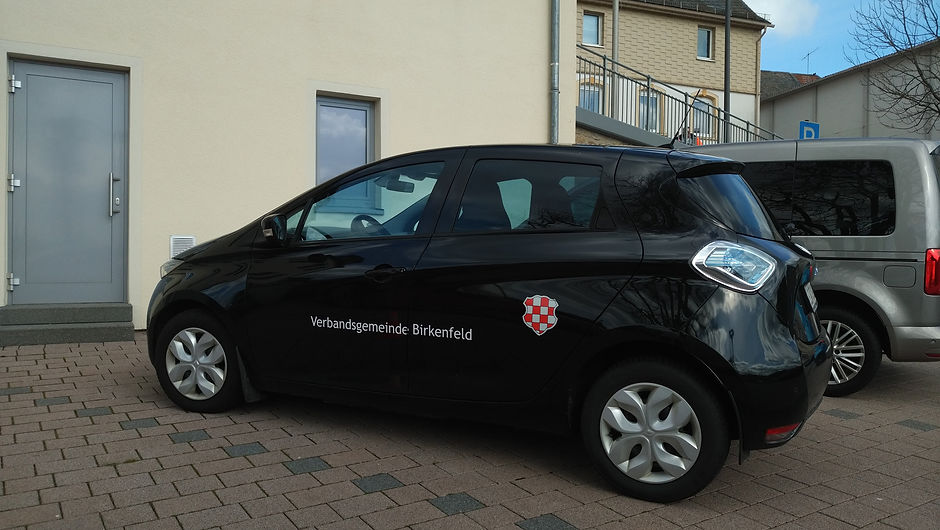
Case Study: Birkenfeld Germany
Organisation type: Municipality
Web address:
Contact: Dr Viktor Klein: v.klein@gvg-birkenfeld.de
Community size
6,923 (2017)
Sustainability focus:
Funding and Financing sources:
Current priorities:
-
Climate Change
-
Energy Generation
-
Energy Efficiency
-
Transport
-
Waste
-
Water
-
Local Food
-
Lighting
-
Social Enterprise
-
Building Retrofit
Stated aim of community:
Birkenfeld 2030 – all administrative buildings will be energy efficient. The district heating system is currently connected to public buildings and 12 private homes. The next issue to address is transport as CO2 levels in this sector have not fallen.
Additional information:
The current Mayor, with support from Trier University of Applied Sciences has been motivated to save money by employing renewable energy technologies. This strategy also means that the municipality can get funding from the Federal Government for efforts to reduce CO2 emissions.
Collaboration with the University of Trier, Birkenfeld Campus has been instrumental in fostering ideas and increasing interest locally in renewable energy technologies. Renewable energy has been beneficial to the municipality as the motive to save money has put into the minds of the community to get involved financially.
Unlike the SEAI grant schemes in Ireland, there are no federal government grants for RE technologies in Germany. Payback from investments is realised through the sale of excess energy and reduced energy costs.
Initial reactions to the project were of disbelief and people were unconvinced and questioning. To address this, council members were invited by the university to attend meetings that were designed to demonstrate the potential benefits to the municipality. This was achieved by showing examples of projects implemented in other towns and villages. Collaboration and support between stakeholders and local actors was found to be an important aspect for advancing ideas to completed projects.
Regional Added Value (RAV) is an important factor in promoting energy projects. The local mayor admits that for many CO2 reduction is not the primary motivator but the financial benefits to the local economy. Where RAV is strong there is the potential to carry out additional projects that may not add value but are socially beneficial. In addition short election times can be a hindrance as communities need to think in the longer term. With a majority vote at municipal level needed to pass motions it was important to educate members, and to demonstrate social, economic and environmental gains.
Going forward, the Mayor of Birkenfeld, supported by IFAS, University of Trier, Birkenfeld Campus plan to use the local media to further highlight their agenda. The Mayor feels that you must put keep climate change and sustainability in the minds of the people and encourage competition between towns and villages. Healthy competition is a way of ensuring continuous improvement and holding interest.
The savings realised through energy efficiency measures and renewable energy generation have provided the municipality with the funds to purchase an electric car for use by community members. This has resulted in other nearby villages becoming interested in the project and looking for guidance on how to replicate the actions in their own locality.
A number of positive outcomes related to the project include a new energy saving project for the municipality’s schools and kindergartens, a side budget has been set aside by reducing CO2 emissions from public buildings and a limited company has been formed with mayors from small villages to install and operate solar systems to benefit people locally, however the PV belongs to a separate company.
The developments gave rise to the need to employ a fulltime climate protection manager (CPM). This position entails networking with other municipalities and conveying progress made in Birkenfeld to a wide range of stakeholders. Dr Viktor Klein has taken up the role as CPM and is a member of an Association of Climate Protection Managers. The association gives a stronger voice to CPM’s and provides a platform from which its members can promote the work that they do within their municipalities. A point made by Dr Klein is the importance of an approachable mayor who is willing to listen and try new things. He also stated that not having to go through many people to get a decision fast was key to implementing actions as quickly as possible. In addition, he reiterated the point made previously that it is very important to show people rather than tell people what the energy projects would achieve.
Birkenfeld is one of hundreds of municipalities and communities that participates in Earth Hour (227 German cities participated in 2018) and they utilise this event as an opportunity to keep climate change and renewable energy in the minds of its citizens.

